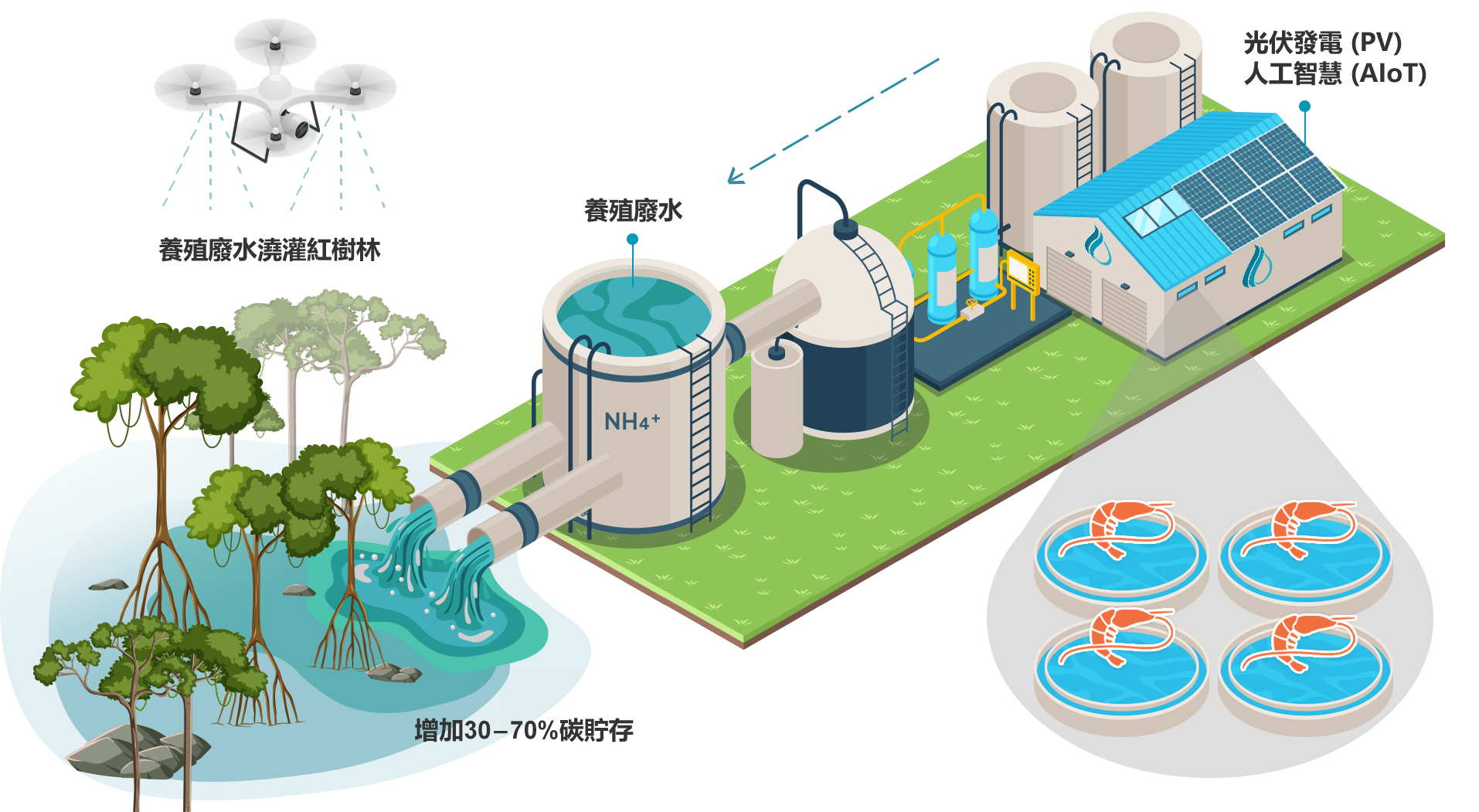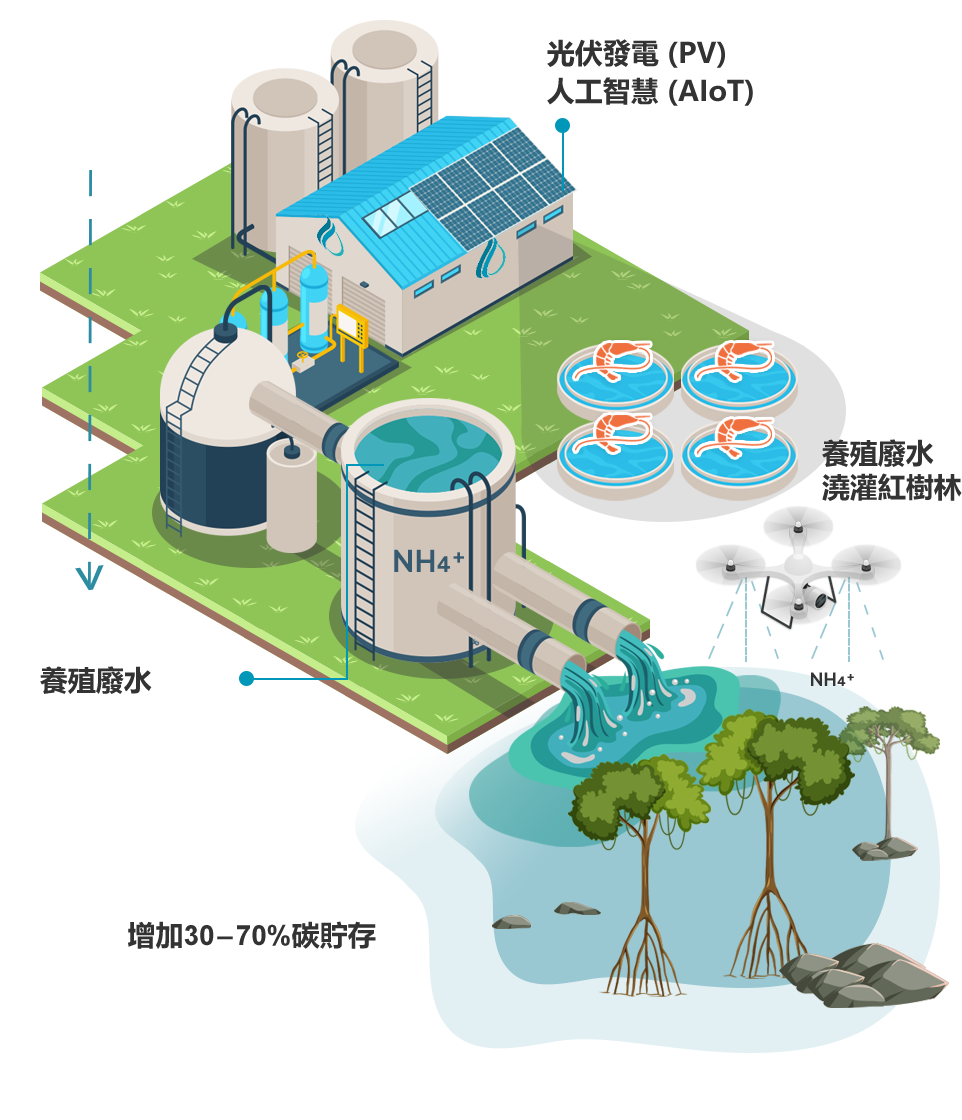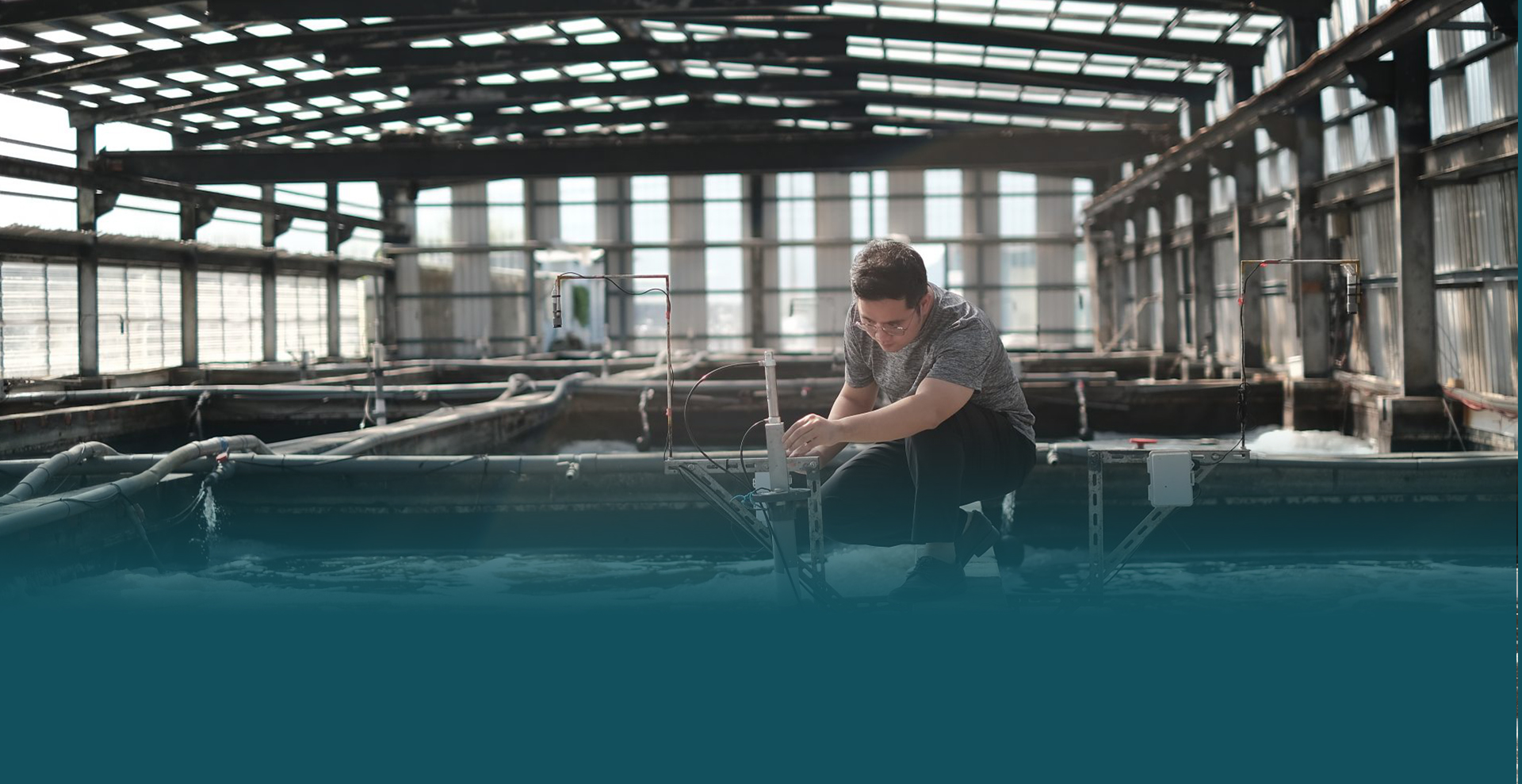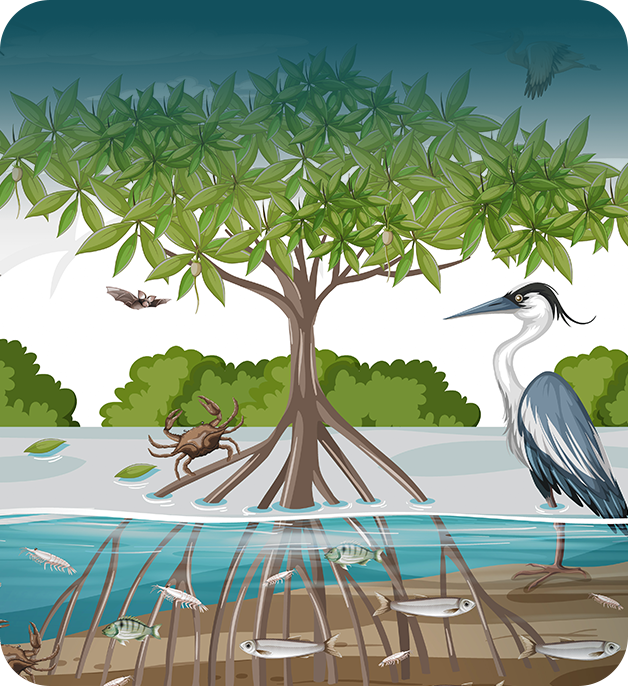
NbS
Nature-based Solutions

在介紹MAPS 之前,我們先來深入探討一下NbS(Nature based Solutions Solutions)的概念。 NbS 代表了一套以自然為中心的戰略,旨在應對氣候變化,同時增強生物多樣性和改善人類整體福祉。 傳統的 DAC(直接空氣捕獲)技術需要直接從大氣中提取碳,通常需要大量能源。 在 ID Water 的 NbS 解決方案中,我們無縫地融入了紅樹林。 紅樹林具有驚人的碳固存能力,是熱帶雨林典型植被的四到六倍。 簡而言之,一公頃紅樹林的固碳量相當於六公頃傳統植物的固碳量。
在ID Water 的創新系統中,我們結合了以下四個元素,形成MAPS: M:紅樹林 A:AIoT(人工智能物聯網) P:光伏 太陽能 S:蝦養殖 我們的策略是將太陽能電池板巧妙地安裝在蝦養殖場上,以供應所需的能源。同時,我們運用自主研發的AIoT 技術,精密控制養殖場的運營過程,確保產品的品質和產量。此外,我們還使用搭載AIoT 技術的無人機,以廢水對紅樹林進行精確灌溉。
在ID Water 的創新系統中,我們結合了以下四個元素,形成MAPS: M:紅樹林 A:AIoT(人工智能物聯網) P:光伏 太陽能 S:蝦養殖 我們的策略是將太陽能電池板巧妙地安裝在蝦養殖場上,以供應所需的能源。同時,我們運用自主研發的AIoT 技術,精密控制養殖場的運營過程,確保產品的品質和產量。此外,我們還使用搭載AIoT 技術的無人機,以廢水對紅樹林進行精確灌溉。
在 ID Water 的創新系統中,我們結合了以下四個元素,形成 MAPS
我們的策略是將太陽能電池板巧妙地安裝在蝦養殖場上,以供應所需的能源。
同時,我們運用自主研發的 AIoT 技術,精密控制養殖場的運營過程,確保產品的品質和產量。
此外,我們還使用搭載 AIoT 技術的無人機,以廢水對紅樹林進行精確灌溉。
FAQs
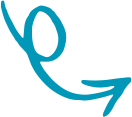

雖然傳統方法是可行的,但我們的方法利用蝦養殖廢水中的氨氮來促進紅樹林的生長,同時降低了施肥的成本。
我們的方法相對於傳統的蝦養殖有更高的穩定性,有三個主要原因:室內、保險、AIoT 。同時,紅樹林的種植需要有長期且可預測的商業模式,因此需要穩定的營養鹽,而傳統的室外養殖方式則沒有數據可以搭配
室內:我們使用室內養殖,減少了對天氣和疾病的敏感度。
保險:通過AIoT 生成的數據,我們能夠與金融機構和保險公司合作,降低財務風險。
AIoT:藉由整合AIoT 技術,我們實現了智能化的養殖作業,確保了持續20 多年的穩定產量,從而為紅樹林提供一致的營養供應。
保險:通過AIoT 生成的數據,我們能夠與金融機構和保險公司合作,降低財務風險。
AIoT:藉由整合AIoT 技術,我們實現了智能化的養殖作業,確保了持續20 多年的穩定產量,從而為紅樹林提供一致的營養供應。
室內:我們使用室內養殖,減少了對天氣和疾病的敏感度。
保險:通過 AIoT 生成的數據,我們能夠與金融機構和保險公司合作,降低財務風險。
AIoT:藉由整合 AIoT 技術,我們實現了智能化的養殖作業,確保了持續 20 多 年的穩定產量,從而為紅樹林提供一致的營養供應。
保險:通過 AIoT 生成的數據,我們能夠與金融機構和保險公司合作,降低財務風險。
AIoT:藉由整合 AIoT 技術,我們實現了智能化的養殖作業,確保了持續 20 多 年的穩定產量,從而為紅樹林提供一致的營養供應。
AIoT 技術實現了迅速的生長,將培訓時間和成本縮短到僅需兩個月,而傳統的農民通常需要兩年甚至更長的時間才能達到相同的效果。
MAPS鎖定的地區是在缺乏營養鹽且還未有紅樹林生長的地點進行紅樹林的種植,並增加當地的生物多樣性和創造更多正外部性價值。
我們如何做到的 ?
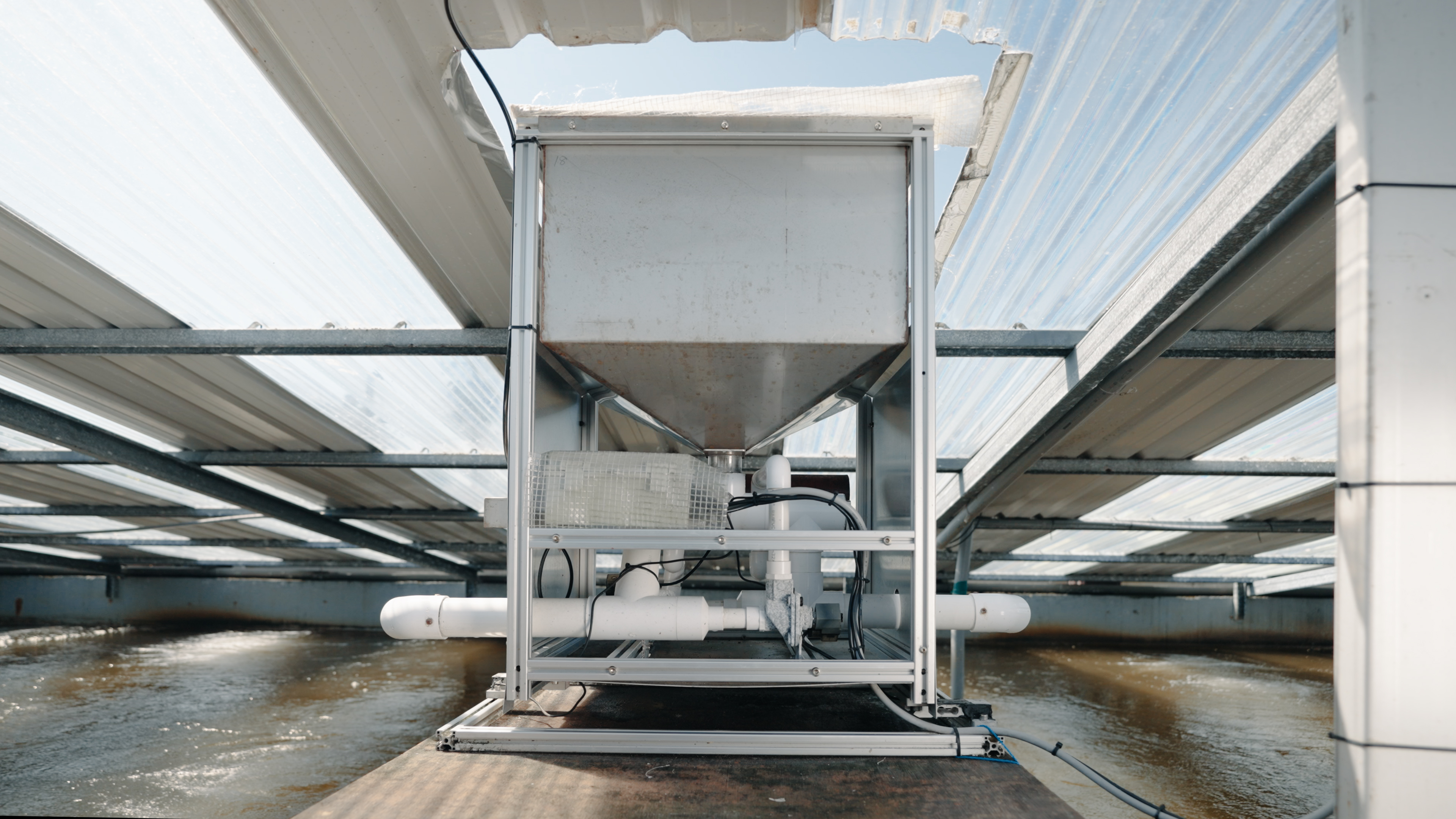
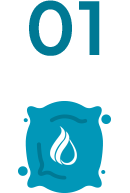
智慧投餌系統
室內高密度白蝦養殖飼料投餵密度大,精準控制投餵誤差,將避免水質敗壞,有效降低養殖成本。IDW 開發之懸臂量投餵機,結合 loT 及演算法來回校正,可將投餵誤差 3%。
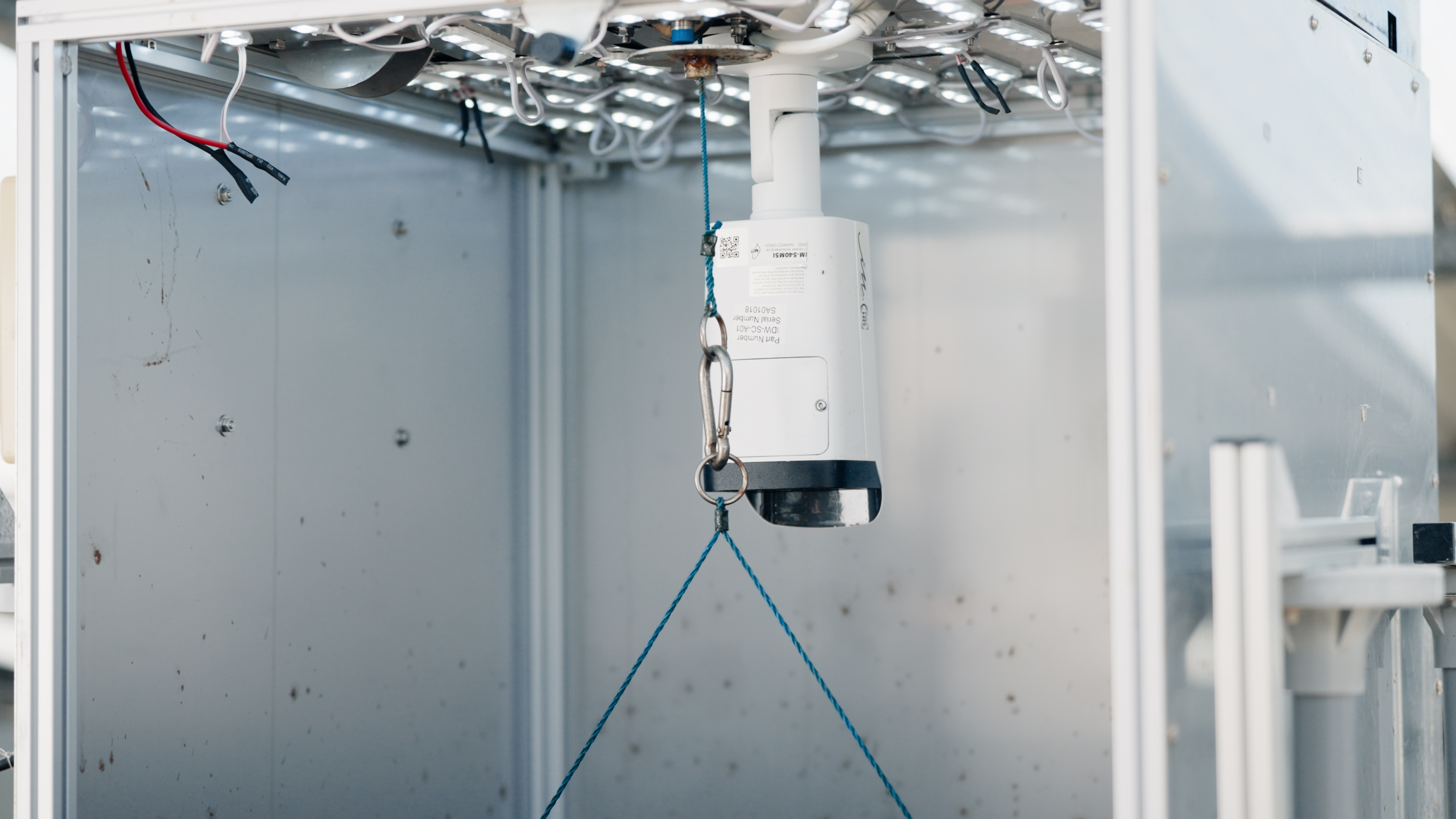
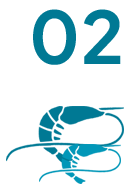
智慧觀察網
結合 Al 影像辨識技術,可監測蝦隻成長大小、腸胃及吃料殘餌。系統可達成一天 20 次觀察都不需要額外人力成本。
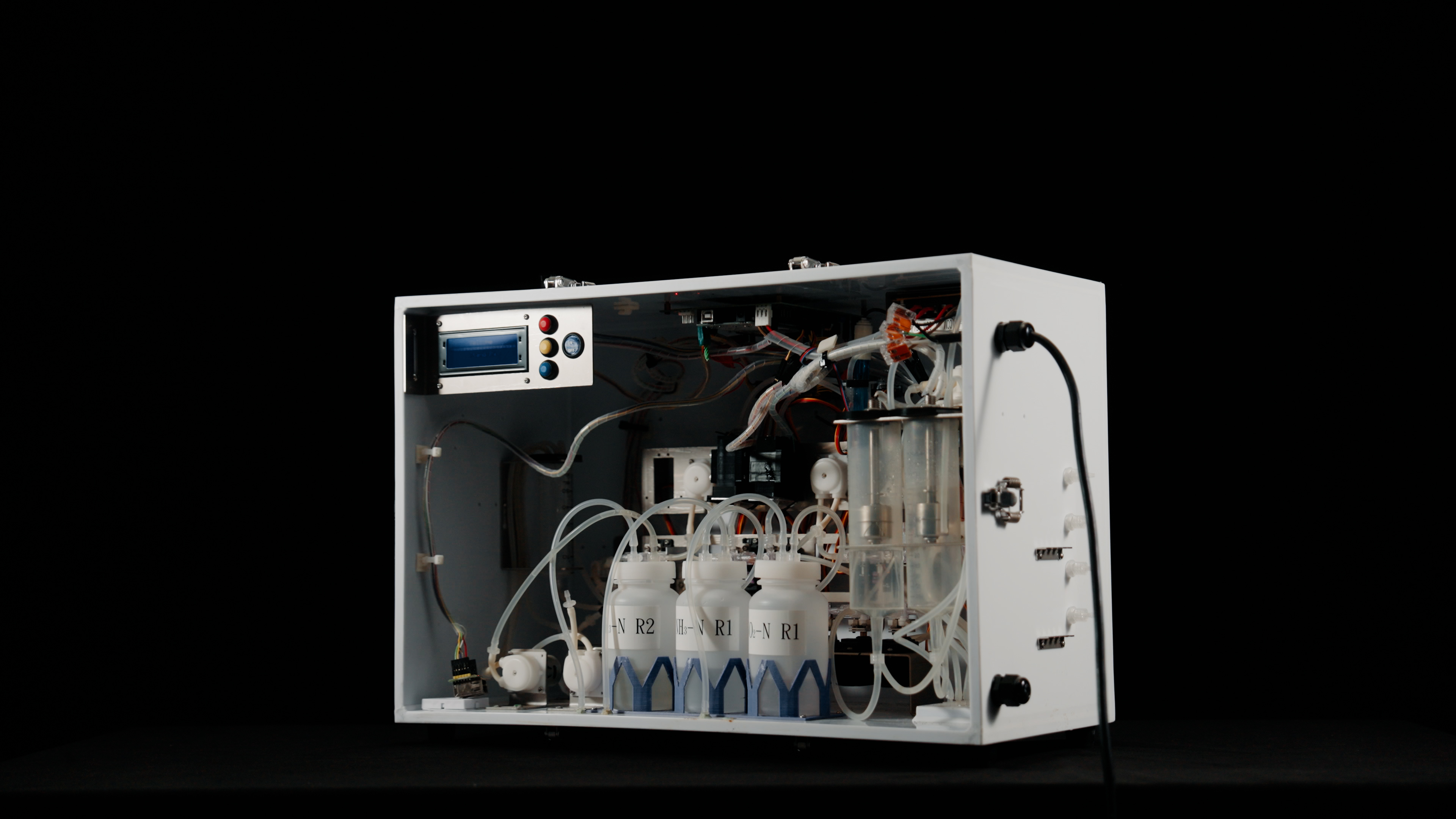
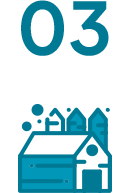
水質檢測系統
使用光電比色法。將池水抽至檢驗機台內丶試劑混和,微型光譜儀照射,以判斷各檢測項目讀數。架設於池邊,可 24 小時監測,取代人力檢測造成的誤差。 PVC 管解決生物膜及腐蝕造成數據失真問題。我們同時擁有世界唯一可檢測氨氮、亞硝酸鹽等重要養殖數據的技術和監測紅樹林營養鹽和固碳量的系統。
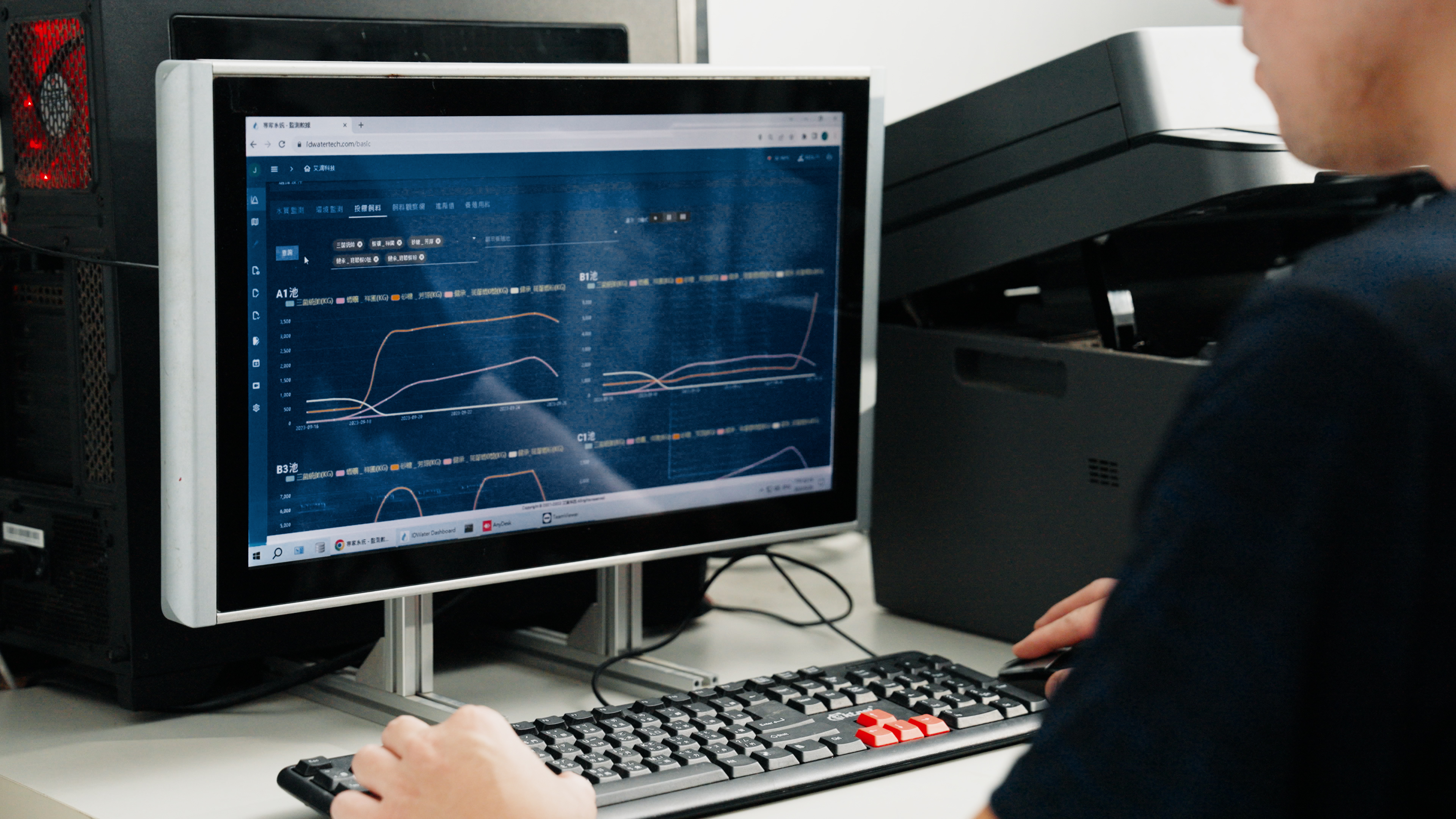
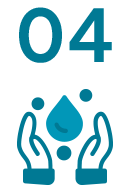
專家系統
收集影像丶水質丶水位丶投餵丶排汙等大數據,並以其為基礎的專家系統,可預測和預估產量、最佳收穫、失敗風險等。
